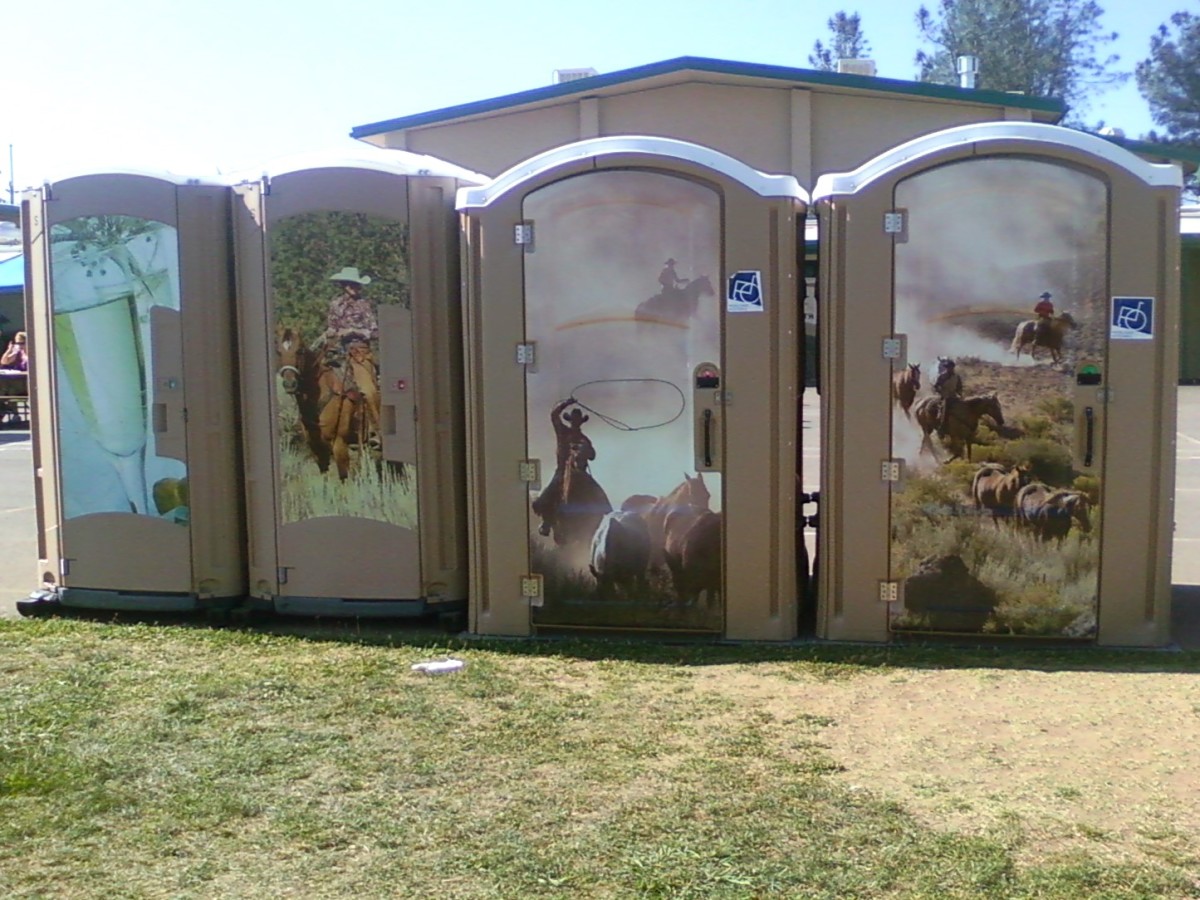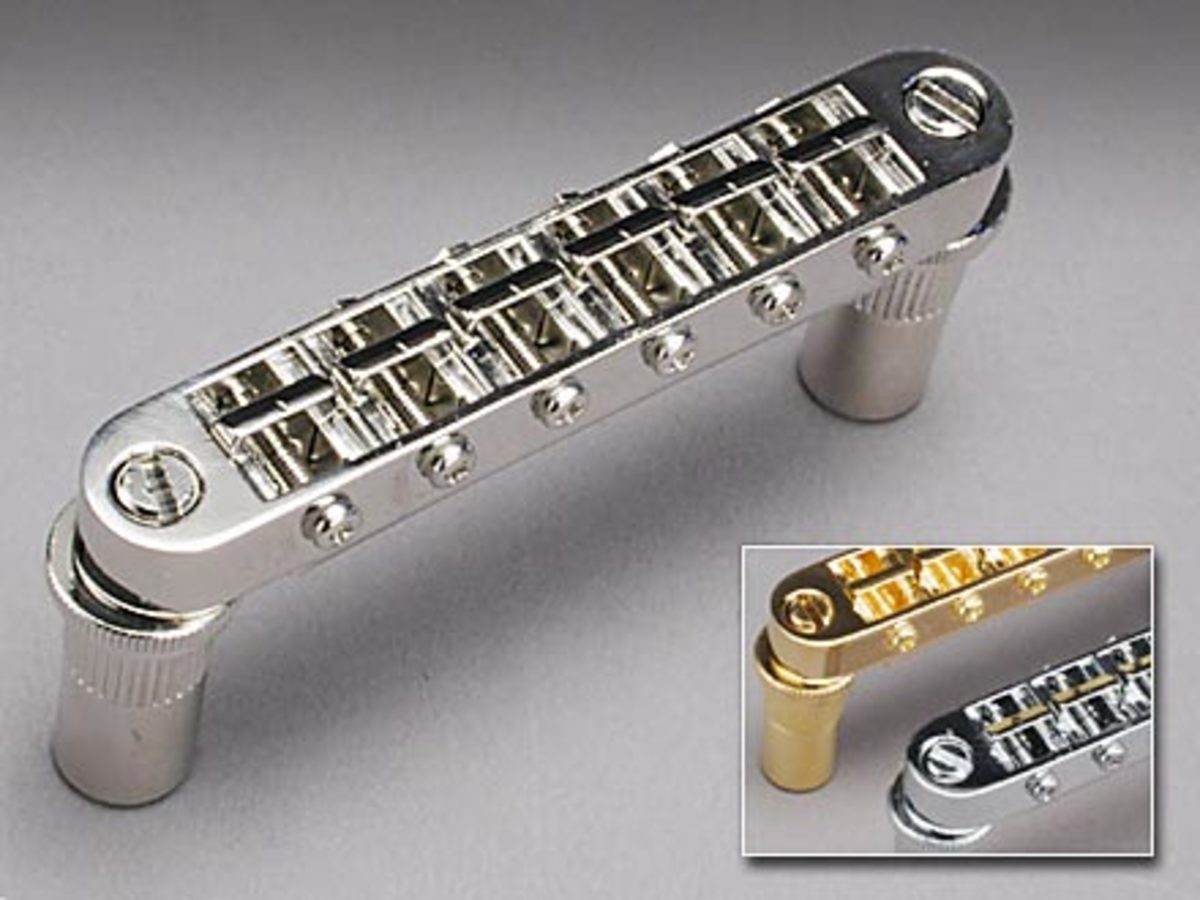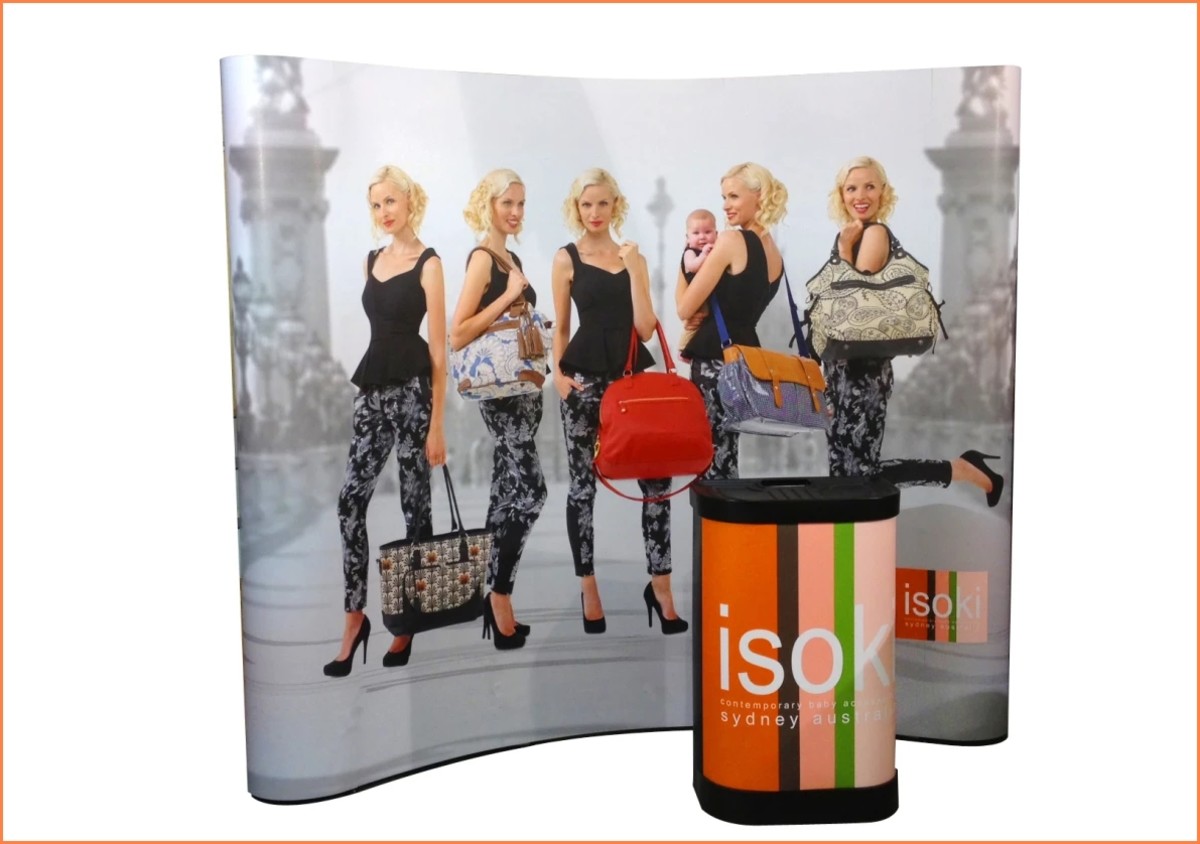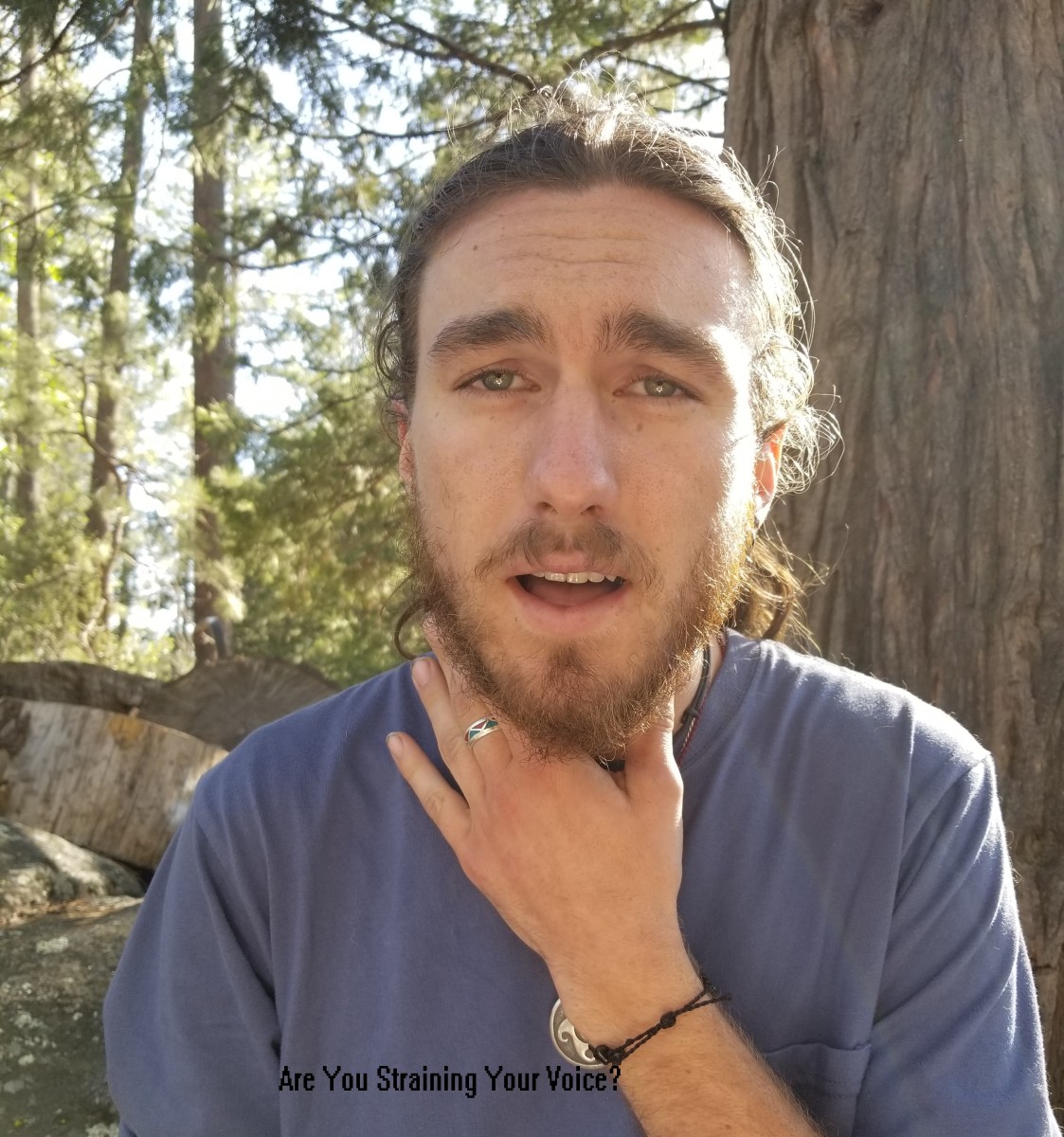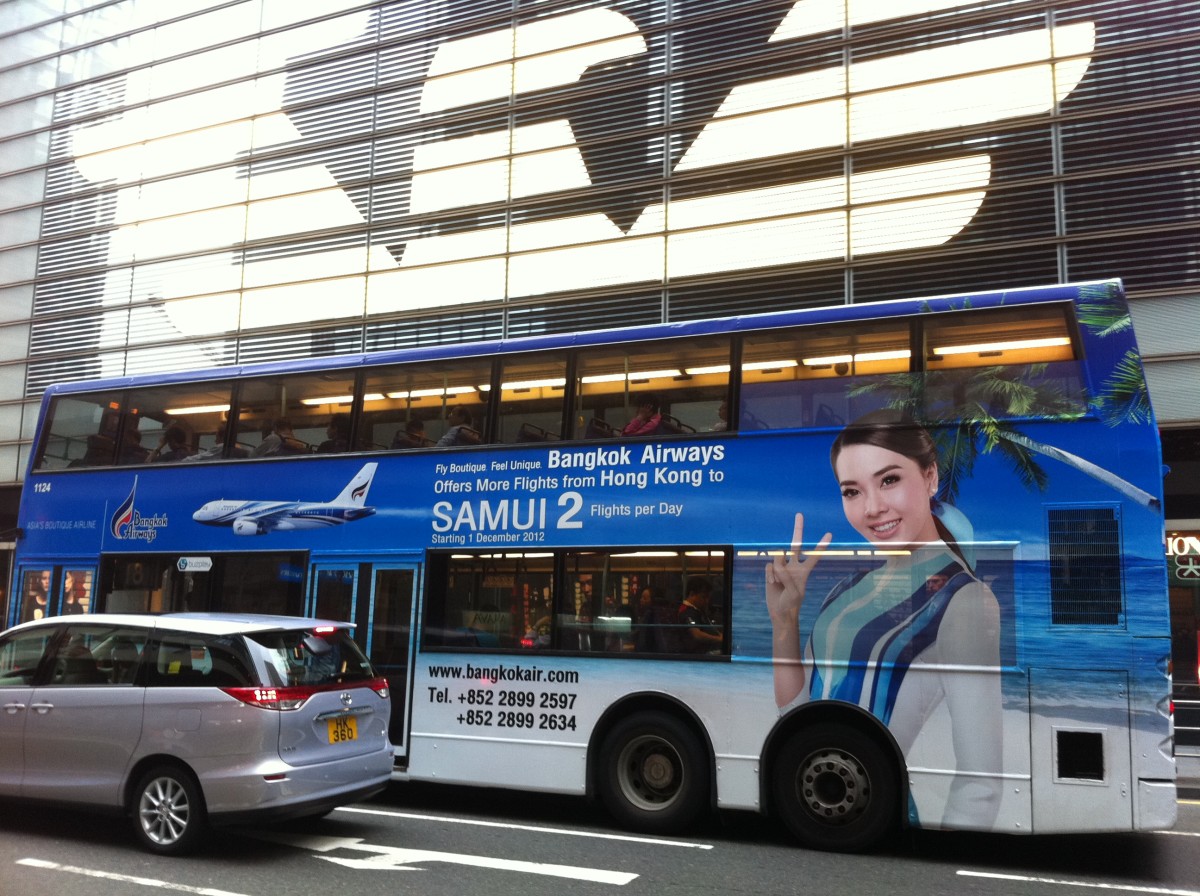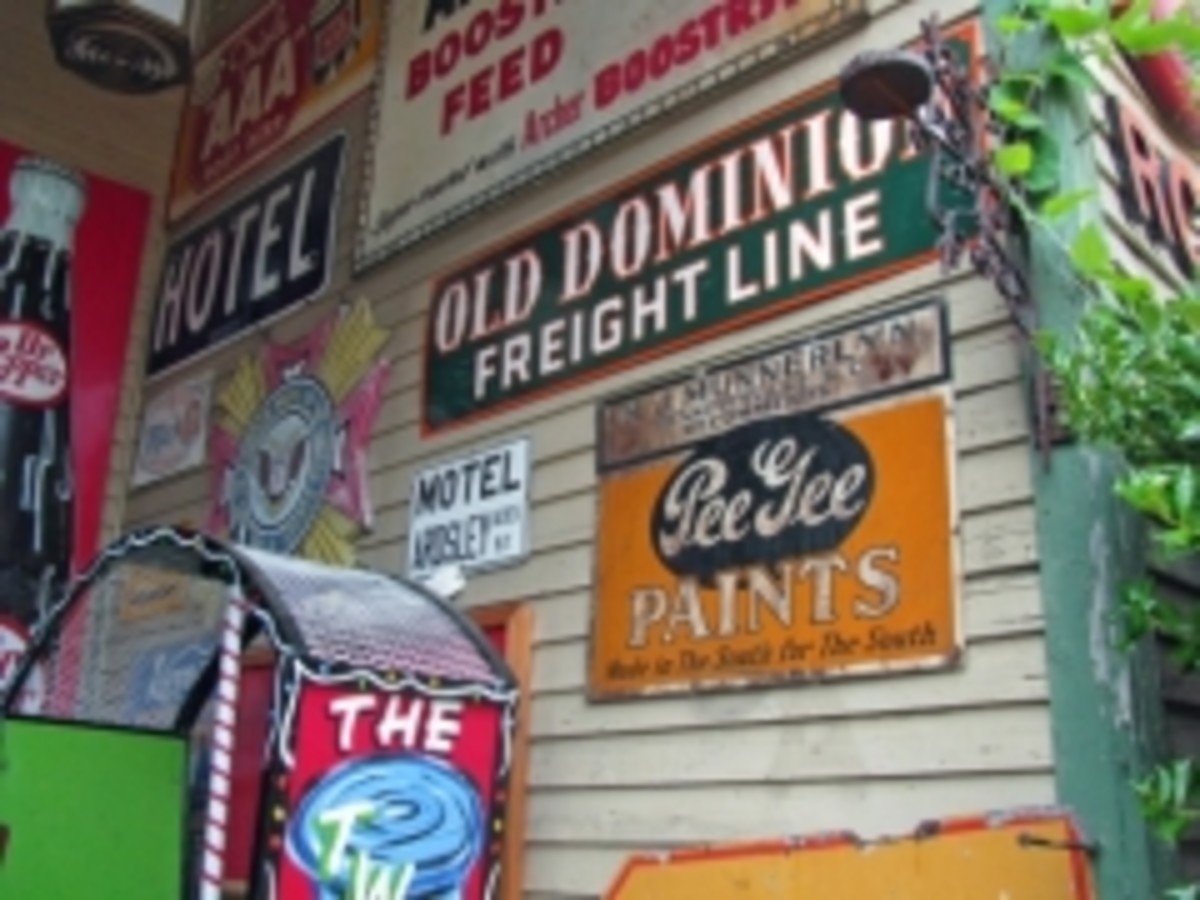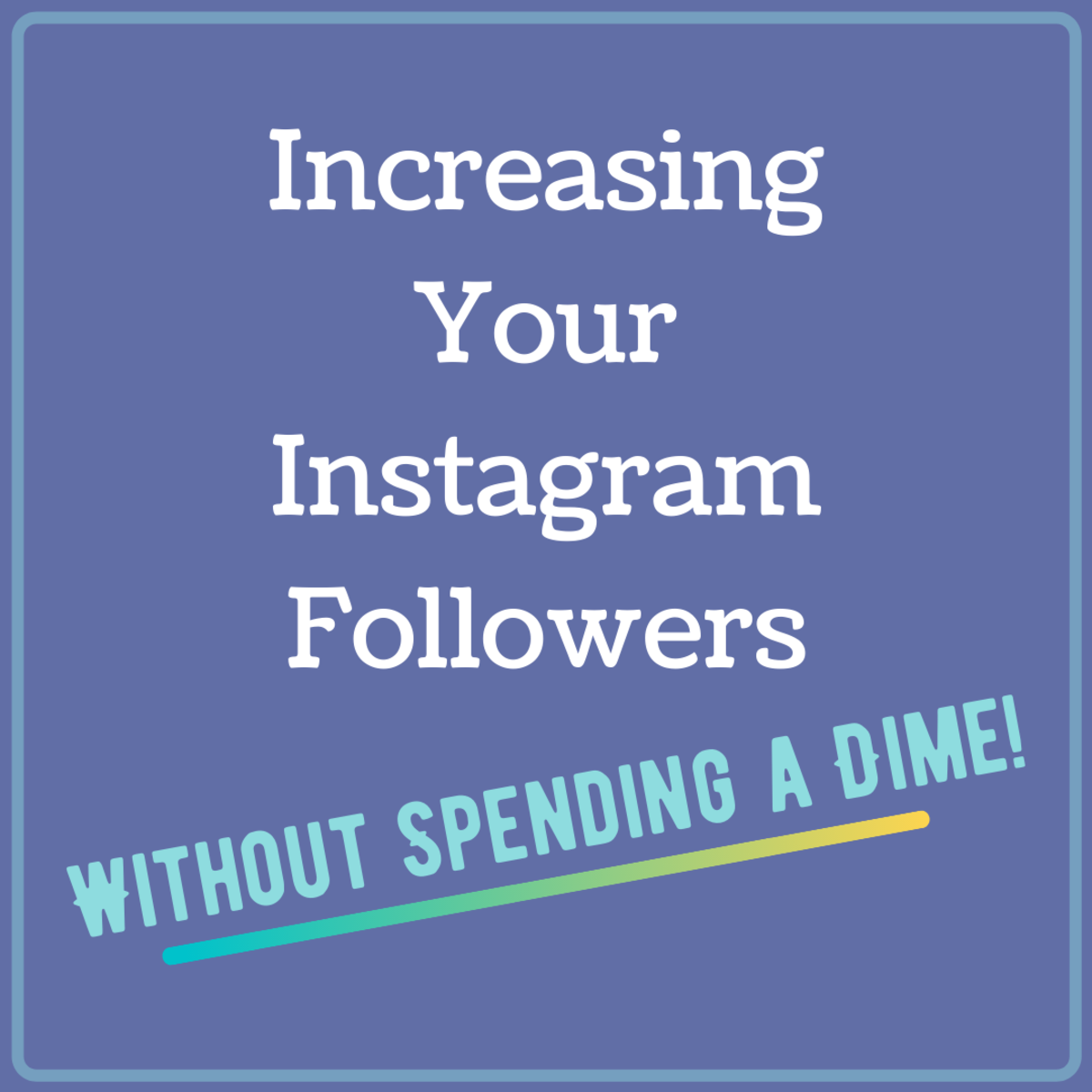How to Build a Portable Sound Booth for Podcasting
If you plan to record a podcast from some place that is not a studio, or if you are dealing with a relatively low cost microphone (e.g. under $300), chances are that the microphone will be picking up a bunch of sound that you don't want it to pick up - computer fans, for example, or lawn mowers and cars outside.
One easy fix to help you reduce unwanted noise when recording audio is to create a portable sound booth. Though something called a "porta booth" is sold online as a complete kit, you do not need to go out and buy an expensive voice over booth when all the supplies you need are cheap and readily available.
Below I will walk you through the steps to create your own portable sound booth that you can use as an in-house or on the go sound booth for recording good-sounding podcasts!
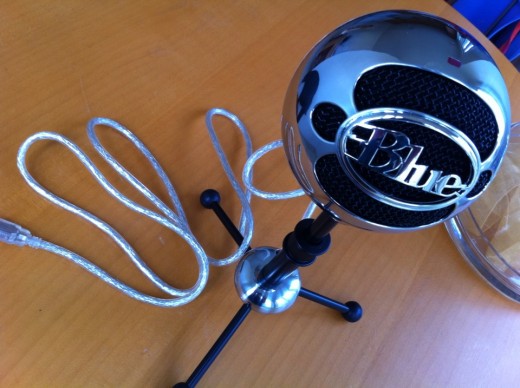
Make Your Own Porta Booth!
If you search for podcasting booths online, a product called the Porta-booth pops up frequently (you'll also find special Porta-Sound stands and the like). It' is a portable sound studio that you can collapse and move around with you. Interestingly, the product, which is over $100, consists of nothing more than a collapsable box and acoustic foam squares.
Can you find these very same items on Amazon? Absolutely! Here is EXACTLY what you will need to buy to make your own podcasting booth:

Materials
You only really need two things to make your own podcasting booth - acoustic foam and a box.
If you want to maintain portability with the booth you create, you'll need to find a collapsable box. There are a bunch available online, and you can also find them pretty readily in container and inexpensive furniture stores or big box stores.
If you do not need a box you can collapse, consider using a cardboard box and foregoing the extra purchase altogether! Just don't use something that is plastic - it might not help to muffle sound as well as a fabric or paper-based box, even once the acoustic foam is added.
When it comes to picking out acoustic foam, all you have to do is purchase enough pieces of it to fill the box. Most of the small, a la carte acoustic foam options available on Amazon measure 24 by 18 inches, hence you might need to cut up the foam depending on the dimensions of the box you end up buying. Ideally, you will only need two, or at the most, three of these pieces.
For a Non-Mobile Podcasting Booth
If it is not imperative that you be able to move this setup around, you could always just purchase four pieces of acoustic foam (be sure to go with the 2-1/2" so that it stands on its own) and just make a box out of THAT!
Directions
Here's the fun part. Putting together your podcasting or voice over recording booth is going to be the easiest thing ever.
- Get all of your supplies in one place
- Measure the inner dimensions of your box
- Cut your acoustic foam so that you have four pieces that will be able to stand on their own in the box
- Put the pieces in
- Set your mic inside the box
- Record away!
Cost Comparison
The cost of the Porta-booth portable sound studio is right around $150. That includes two compression sacks which squish down the acoustic foam for easy portability, so if you want to be able to move your setup around a lot, you'll probably need to consider getting some of those, though you could also pick up some large Zip-Lock bags and sit on the foam to get all the air out before sealing them.
Compression sacks and all, that's still a pretty steep price.
Now, to make your own podcasting booth, you'll have to incur the following costs:
- Two pieces of 24 by 18 inch acoustic foam: $18 ($9 each)
- Collapsable Cube (optional): $20 (for two)
The total cost (without sales tax, which does not always apply) is $38. That's more than $100 less than the Porta-Booth.
You might point out at this point that shipping must also be taken into account, but both items are eligible for Super Saver Free Shipping on Amazon.com, so you're golden!
More Podcasting Tips
- The Top Podcast Microphones: How to Pick a USB Microphone (or Condenser Microphone) to Make a Podcas
If you are just getting started in the podcasting world - or would like to buy a new microphone - you will be overwhelmed by all of the choices. I sure was when I got started with podcast production! To make...

